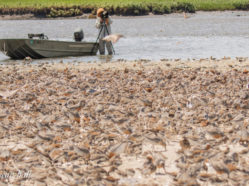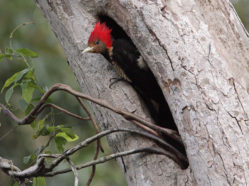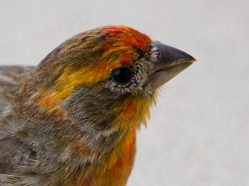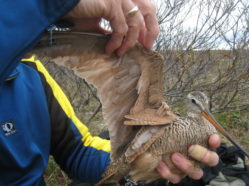More Than Generous Help
CELEBRATING THE HISTORY OF WOMEN IN ORNITHOLOGY A recent study [1] of papers published from 1970 to 1990 in computational population genetics in the journal Theoretical Population Biology found that women were acknowledged for their contributions at a much higher rate than they appeared as authors. During that period only 7% of authors were women whereas …





